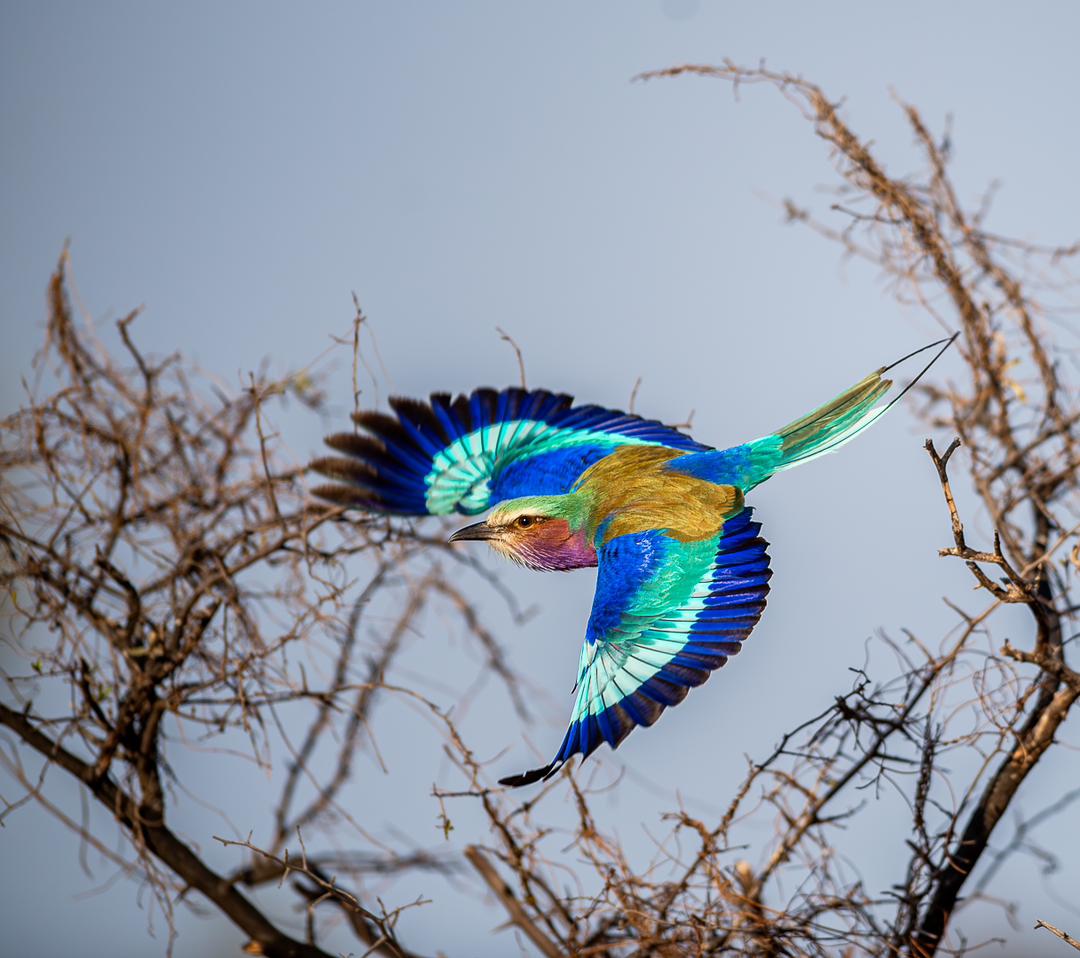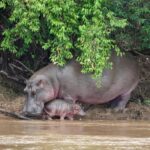
Cheapest Safari Options in Kenya: A Detailed Guide
Kenya, renowned for its breathtaking landscapes, diverse wildlife, and rich cultural heritage, is a dream destination for many safari enthusiasts. While often perceived as a luxury experience, it is entirely possible to embark on an unforgettable Kenyan safari without breaking the bank. By understanding the various cost components and opting for budget-friendly alternatives, travelers can significantly reduce expenses while still enjoying incredible wildlife encounters.
Cheapest Safari in Kenya
The cost of a safari in Kenya can vary widely depending on factors such as the type of accommodation, transportation, duration, and the level of exclusivity. Major travel companies often dominate broad search terms, making it challenging for smaller operators to gain visibility. However, by focusing on specific, long-tail keywords and understanding search intent, budget-conscious travelers can find tailored and affordable options.
Understanding Safari Cost Components
To find the cheapest safari options, it’s crucial to understand what drives the overall cost. Key components typically include:
- Park Entrance Fees: These are non-negotiable and can be a significant portion of the total cost, especially for popular parks like the Maasai Mara. Fees vary by park and often differentiate between residents and non-residents.
- Accommodation: This is often the largest variable expense. Options range from luxurious lodges and tented camps to mid-range hotels, budget campsites, and even self-catering facilities.
- Transportation: The mode of transport to and within the parks plays a major role. Options include shared safari vehicles, private 4x4s, domestic flights, and self-drive rentals.
- Guide/Driver: A knowledgeable guide is essential for a successful safari, providing insights into wildlife behavior and navigating the terrain. Their fees are typically included in tour packages.
- Food and Drink: Meals can be included in package deals or purchased separately, depending on the accommodation type.
- Activities: Beyond game drives, activities like hot air balloon safaris, cultural visits, and walking safaris add to the cost.
Cheapest Safari in Kenya Options
1. Camping Safaris
Camping safaris are arguably the most budget-friendly way to experience Kenya’s wildlife. They involve staying in designated campsites within or near national parks, either in basic dome tents or more comfortable semi-permanent tents.
- Public Campsites: These are the most economical, offering basic facilities like shared ablutions and sometimes a communal cooking area. Travelers bring their own camping gear or rent it from tour operators.
- Special Campsites: These offer more privacy as they are booked exclusively by one group, but still require bringing your own gear and staff. They are a step up from public campsites but still significantly cheaper than lodges.
- Budget Tented Camps: These are permanent or semi-permanent tented camps that offer a more comfortable camping experience with beds, private bathrooms, and sometimes even hot showers, but at a lower price point than luxury tented camps.
Pros:
- Significantly lower accommodation costs.
- Authentic wilderness experience, closer to nature.
- Flexibility in itinerary, especially for self-drive camping.
Cons:
- Basic facilities and less comfort compared to lodges.
- Requires tolerance for outdoor conditions and potential wildlife encounters near the camp.
- May require bringing or renting camping equipment.
2. Self-Drive Safaris
For adventurous and budget-conscious travelers, a self-drive safari can offer significant savings on transportation and guide fees. This option gives you the freedom to explore the cheapest safari in Kenya at your own pace and choose your own accommodations, including budget campsites or guesthouses outside the parks.
- Vehicle Rental: Renting a 4×4 vehicle, often equipped for camping, is the primary expense. Ensure the rental includes unlimited mileage and comprehensive insurance for off-road driving.
- Navigation: A good GPS with offline maps (e.g., Maps.me, Gaia GPS) and a reliable physical map are essential.
- Park Entry: Pay park fees directly at the gates.
- Accommodation: Combine with public or special campsites for maximum savings.
Pros:
- Ultimate flexibility and control over your itinerary.
- Potential for significant savings on guide and transportation costs.
- A sense of adventure and independence.
Cons:
- Requires excellent driving skills, especially on unpaved roads.
- Risk of getting lost or encountering vehicle issues without immediate assistance.
- Lack of expert guidance for spotting wildlife and understanding local ecology.
- Higher park fees for self-drivers in some instances compared to organized tours.
3. Group Safaris (Budget Operators)
Joining a group safari organized by a budget-focused tour operator is a popular way to reduce costs. These tours typically use shared safari vehicles, offer basic to mid-range accommodation (often budget tented camps or guesthouses), and include meals.
- Research Operators: Look for local Kenyan tour operators specializing in budget or small-group safaris. Websites like SafariBookings.com or TripAdvisor can help you find reputable ones with good reviews.
- Fixed Departures: Many budget operators offer fixed departure dates, which allow them to consolidate groups and offer lower per-person rates.
- Accommodation Type: Clarify the type of accommodation used – often it’s budget tented camps or basic lodges outside the main park gates to save on park fees.
Pros:
- Cost-effective due to shared expenses (vehicle, guide, fuel).
- All logistics are handled by the operator.
- Opportunity to meet other travelers.
Cons:
- Less flexibility in itinerary.
- Group dynamics may not suit everyone.
- Accommodation and meal choices are predetermined.
4. Focusing on Fewer Parks or Less Popular Parks
Visiting fewer national parks or opting for less famous ones can drastically cut down on park fees and travel time/costs.
- Amboseli National Park: Known for its large elephant herds and stunning views of Mount Kilimanjaro, Amboseli offers a fantastic safari experience at a lower cost than the Maasai Mara.
- Lake Nakuru National Park: Famous for its flamingos and rhino sanctuary, it’s a smaller park that can be explored in a day or two, reducing overall expenses.
- Tsavo East and Tsavo West National Parks: These are Kenya’s largest national parks, offering diverse landscapes and wildlife. While vast, they can be more affordable than the Mara, especially if you focus on one section.
- Nairobi National Park: Located just outside the capital, it’s an excellent option for a day trip or half-day safari, saving on long travel costs and accommodation.
Pros:
- Reduced park fees and transportation costs.
- Opportunity to experience different ecosystems and wildlife.
- Less crowded than prime parks during peak season.
Cons:
- May not offer the same “big five” guaranteed sightings as the Maasai Mara.
- Some parks are smaller, limiting the duration of game drives.
5. Traveling During the Low Season
The low season (April to May, and November) offers significant discounts on accommodation and tour packages. This period coincides with the long and short rains, respectively.
Pros:
- Lower prices for safaris, flights, and accommodation.
- Fewer tourists, leading to a more intimate wildlife viewing experience.
- Lush green landscapes and excellent birdwatching opportunities.
- Dramatic skies for photography.
Cons:
- Rain can make some roads muddy and challenging to navigate.
- Wildlife spotting can be harder due to dense vegetation.
- Some camps or lodges may close during the heaviest rains.
Tips for Further Cost Savings to a cheapest safari in Kenya
- Book Locally: Booking directly with local Kenyan tour operators can often be cheaper than through international agencies, as it cuts out intermediaries.
- Negotiate: Especially during the low season, don’t be afraid to negotiate prices with local operators.
- Pack Light: Avoid excess baggage fees on internal flights.
- Eat Local: Opt for local restaurants and markets outside tourist areas for cheaper meals.
- Public Transport: Use local buses or shared taxis (matatus) for inter-city travel, but only for routes outside the parks.
- Combine with Other Activities: If you’re already in Kenya for other purposes (e.g., volunteering, business), integrate a short safari to save on international airfare.
- Student/Resident Discounts: If applicable, inquire about student or East African resident discounts on park fees.
- Avoid Single Supplements: If traveling solo, try to join group tours that don’t charge a single supplement, or be prepared to share a tent/room.
- Bring Your Own Water Bottle: Refill water to reduce plastic waste and save money on bottled water.
Planning cheapest safari in Kenya and your Budget Safari
- Define Your Priorities: Decide what’s most important to you – seeing the “Big Five,” experiencing a specific park, or keeping costs absolutely minimal.
- Research Thoroughly: Use online forums, travel blogs, and review sites to find reputable budget operators and gather tips from other travelers.
- Get Multiple Quotes: Contact several tour operators and compare their itineraries, inclusions, and prices.
- Read the Fine Print: Understand what is included and excluded in any package (e.g., park fees, drinks, tips, activities).
- Be Flexible: Flexibility with dates, duration, and even the specific parks can open up more affordable options.
By strategically choosing your safari style, travel period, and destinations, a truly memorable and affordable safari in Kenya is well within reach. It requires a bit more planning and a willingness to embrace a simpler travel style, but the rewards of experiencing Kenya’s incredible wildlife without a hefty price tag are immense.
Conclusion
Embarking on a cheapest safari in Kenya doesn’t have to be an exclusive luxury. With careful planning and a focus on budget-friendly options like camping, self-drive adventures, group tours, and off-peak travel, the wonders of Kenya’s wildlife are accessible to a wider range of travelers. The key lies in understanding cost drivers, leveraging local expertise, and embracing a flexible approach to your itinerary. By doing so, you can create an unforgettable Kenyan safari experience that is both thrilling and affordable.




Leave a comment:
You must be logged in to post a comment.